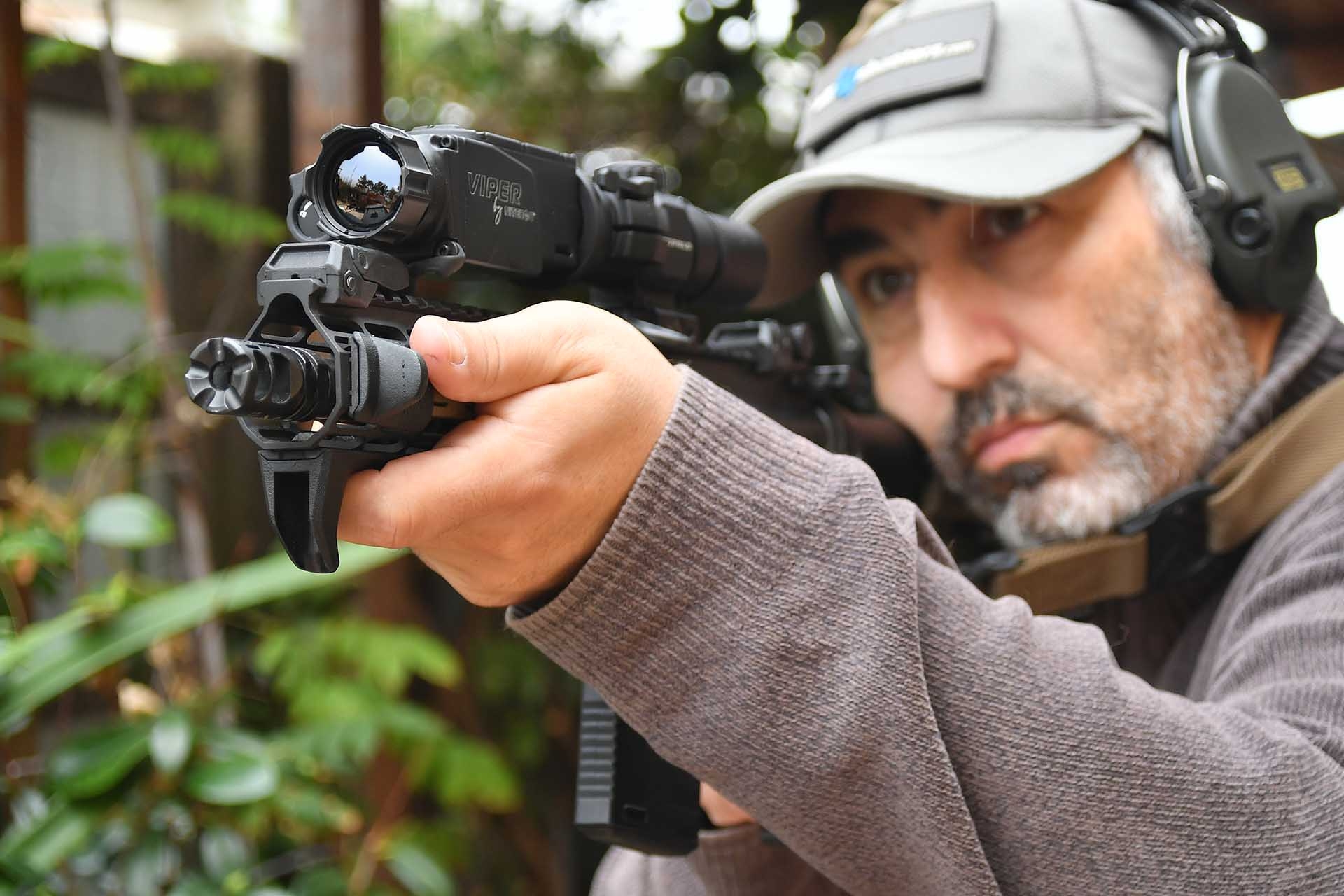Understanding the Working of Thermal Clip-On Systems
Thermal clip-on systems are advanced devices that convert infrared radiation from objects into visible images, enabling night vision capabilities. They are commonly used in military, law enforcement, and surveillance applications, providing the ability to see in total darkness and adverse weather conditions. These compact devices attach to existing optical systems for enhanced situational awareness.
Let’s delve into their fundamental principles and components to grasp how thermal clip-on systems work. It will help you choose the right thermal clip-on device to meet your needs.

Thermal imaging technology
A thermal imaging sensor is typically based on microbolometer technology at the heart of every thermal clip-on system. This sensor is composed of thousands of tiny pixels that detect infrared radiation. When an object emits heat, it emits infrared radiation in proportion to its temperature. The microbolometer sensor captures this thermal radiation and converts it into an electrical signal.
Optics
The thermal clip-on system is attached to an existing optical system, such as a riflescope or binoculars. The optics of the clip-on system receive the thermal radiation from the microbolometer sensor and focus it onto a display screen.
Image processing
Sophisticated onboard electronics process the electrical signal from the sensor. This processing includes amplification, contrast enhancement, and temperature calibration. These adjustments are crucial for generating clear and usable images, as they bring out the temperature differences and details in the scene.
Display
The processed thermal image is then displayed on a screen or eyepiece for the user to see. Users can view this display through their attached optical device, such as a rifle scope. The thermal image is typically displayed in shades of gray, with cooler objects appearing darker and warmer objects appearing brighter.
Overlay
Many modern thermal clip-on systems offer additional features, such as the ability to overlay thermal images with other data, such as reticles, range finders, or GPS coordinates. This overlay can be highly valuable for precise aiming or navigation, especially in military and tactical applications.
Power source
Thermal clip-on systems are powered by batteries or rechargeable power sources, depending on the model. Efficient power management is crucial to ensure extended operational periods.
Ergonomics and controls
User-friendly controls and ergonomic design are essential for ease of use in various field conditions. These may include adjustments for image polarity (white hot or black hot), image zoom, focus, and brightness.
Range and Detection
The effective range and detection capabilities of a thermal clip-on system depend on the sensor’s sensitivity and the quality of the optics. High-end systems can detect heat signatures at extended distances, making them valuable tools for long-range observation.
Final thoughts
Thermal clip-on systems work by capturing and processing thermal radiation emitted by objects. This technology provides the ability to see in total darkness, adverse weather conditions, and through various obstacles. By converting infrared radiation into visible images, these systems enhance situational awareness, security, and mission success across multiple applications. Their versatility and ability to work in low-light environments make them indispensable tools for professionals in diverse fields.
Trading Technical Analysis – A Complete Beginner’s Guide
Trading Technical Analysis – A Complete Beginner’s Guide by Jim Cramer (Author…















